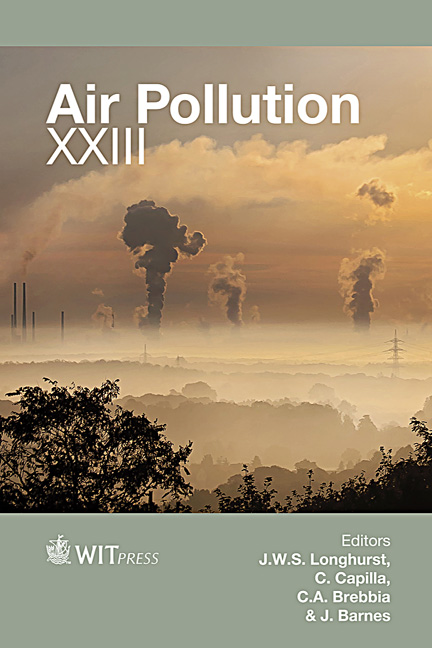Exposure To Plasticizers In German Daycare Centers: The LUPE 3 Study
Price
Free (open access)
Transaction
Volume
198
Pages
8
Page Range
369 - 376
Published
2015
Size
254 kb
Paper DOI
10.2495/AIR150321
Copyright
WIT Press
Author(s)
H. Fromme, T. Lahrz, M. Kraft, A. L. Fembacher, A. Schütze, S. Dietrich, S. Sievering, R. Burghardt, H. M. Koch, W. Völkel
Abstract
Plasticizers have been widely used for decades in diverse applications. Therefore indoor air and settled dust samples from 63 daycare centers in Germany were analyzed for the presence of 11 phthalate diesters, 4 adipates, di-isononyl cyclohexane-1,2-dicarboxylate (DINCH), di(2-ethylhexyl) terephthalate (DEHT), acetyl tri-n-butyl citrate (ATBC), and trioctyl trimellitate (TOTM). 10 primary and secondary phthalate metabolites were quantified in urine samples of 663 children (1.7 to 6.7 years old) after they attended the facilities. Moreover, 4 metabolites of DINCH were quantified in urine samples of 208 children.
Di-isobutyl phthalate (DiBP), dibutyl phthalate (DnBP), di-2-ethylhexyl phthalate (DEHP), and DINCH were present in the highest concentrations in the indoor air, with median values of 468, 227, 194, and 108 ng/m3, respectively. In dust, median values of 888 mg/kg for DEHP, 302 mg/kg for DINCH, and 302 mg/kg for di-isononyl phthalate (DiNP) were detected.
The highest median values observed in urine were 44.7 μg/l for the monoester of DiBP, 32.4 μg/l for that of DnBP, and 16.5 μg/l and 17.9 μg/l for the two secondary DEHP metabolites. The three secondary metabolites of DINCH were observed with median values between 1.1 and 1.7 μg/l.
Compared with recommended tolerable daily intake (TDI) values, especially DiBP and DnBP reached a higher proportion of TDI.
Keywords
phthalates, DEHP, DINCH, DEHT, adipates, indoor, human biomonitoring





